FiiO K11 DAC Headphone Amplifier – Railgun Power Punch
FiiO K11 is a $129 USD truly balanced headphone amplifier and DAC, with a balanced headphone amplifier, 1400mW of power, and with adjustable RGB Logo Lighting, which works without a Driver, and as a USB DAC, and is based on the CS43198 DAC. Today we will be reviewing it, and comparing it with other DAC/AMPs, including FiiO BTR15 (119 USD), Audioengine D1 (169 USD), FiiO K5 PRO (149 USD), and SMSL C200 (219 USD).
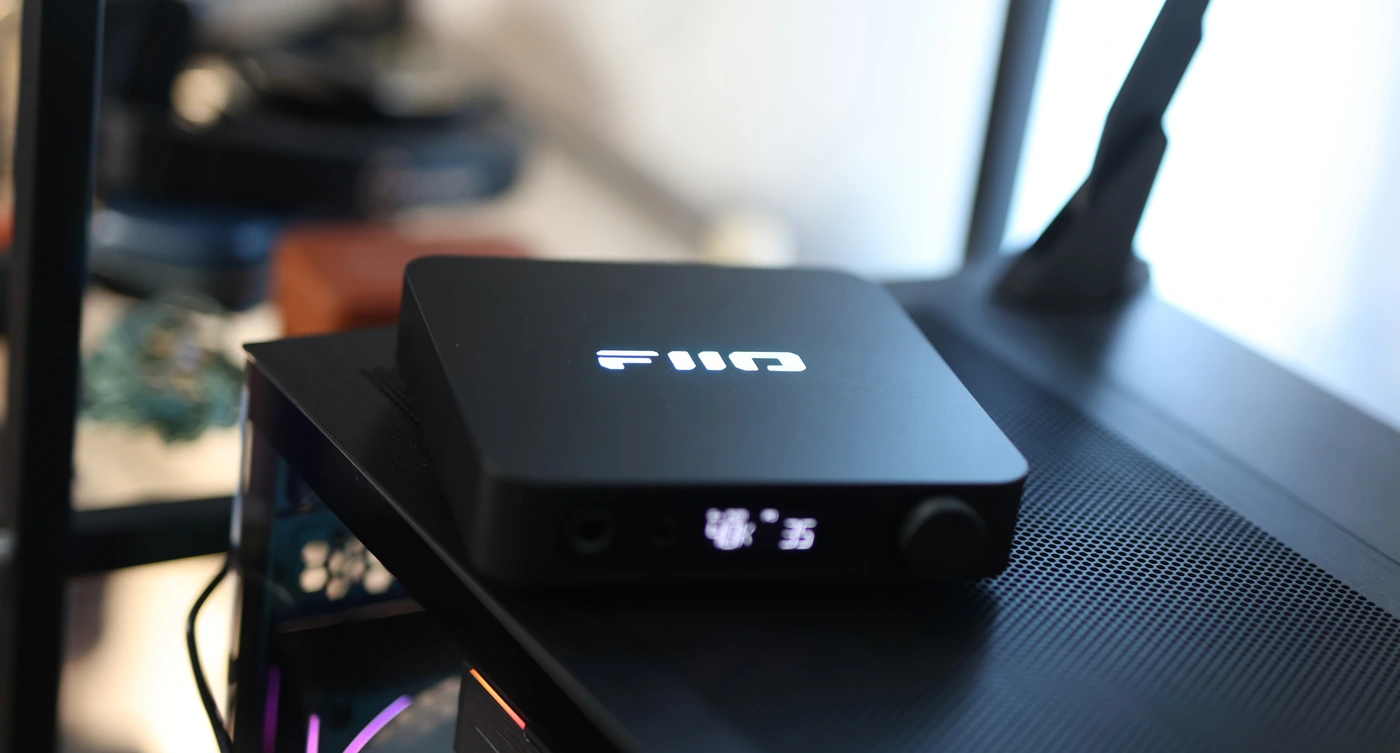
Introduction
FiiO is back with another entry-level unit and this year they seem to be on a roll, as they are slowly making way for better devices, at more affordable prices, and with better construction quality. The K11 we have today as the center of the review is a really strong unit, with the feature that it can be used in the same way as K5 PRO, but it is physically smaller, can be seated sideways, and even is lighter than K5 PRO, all while offering a better sound. As an Amazon Influencer, I earn from qualifying purchases, and using the purchase links in my reviews helps me maintain this Website and Youtube Channel.
I’d like to thank FiiO for providing the sample for this review, in exchange for my honest opinion. This review is a description of my personal experience, and Audiophile-Heaven has no affiliation with FiiO beyond this review.
Product Link
You can grab one from www.amazon.com here: https://amzn.to/4bxlTjo
If you’re in the UK, you can grab one from www.amazon.co.uk here: https://amzn.to/3w8P4Jn
And if you’re from Europe, you can grab one from www.amazon.de here: https://amzn.to/3OzKNVC
Build Quality/Aesthetics
The original review I made exploring the FiiO K5 PRO has been one of the most popular articles I made to date, and it still is appealing to many audiophiles out there, as it is a really ergonomic, clean and fun to use unit, so today we’re focusing on the K11, a unit that comes to replace it, being 25% smaller in width, 42% shorter and 15% lighter, all while offering a better sonic performance. The new K11 has a beautiful display that you can use to see what’s happening, including the rate your music is at, the current output, and the current volume. The volume wheel is now much smaller than what we’ve seen on K5 PRO, but it clicks more securely into place, with less channel imbalance, and there is still a colorful LED part to K11, this time above the unit, and you can configure it to light in any color you want.
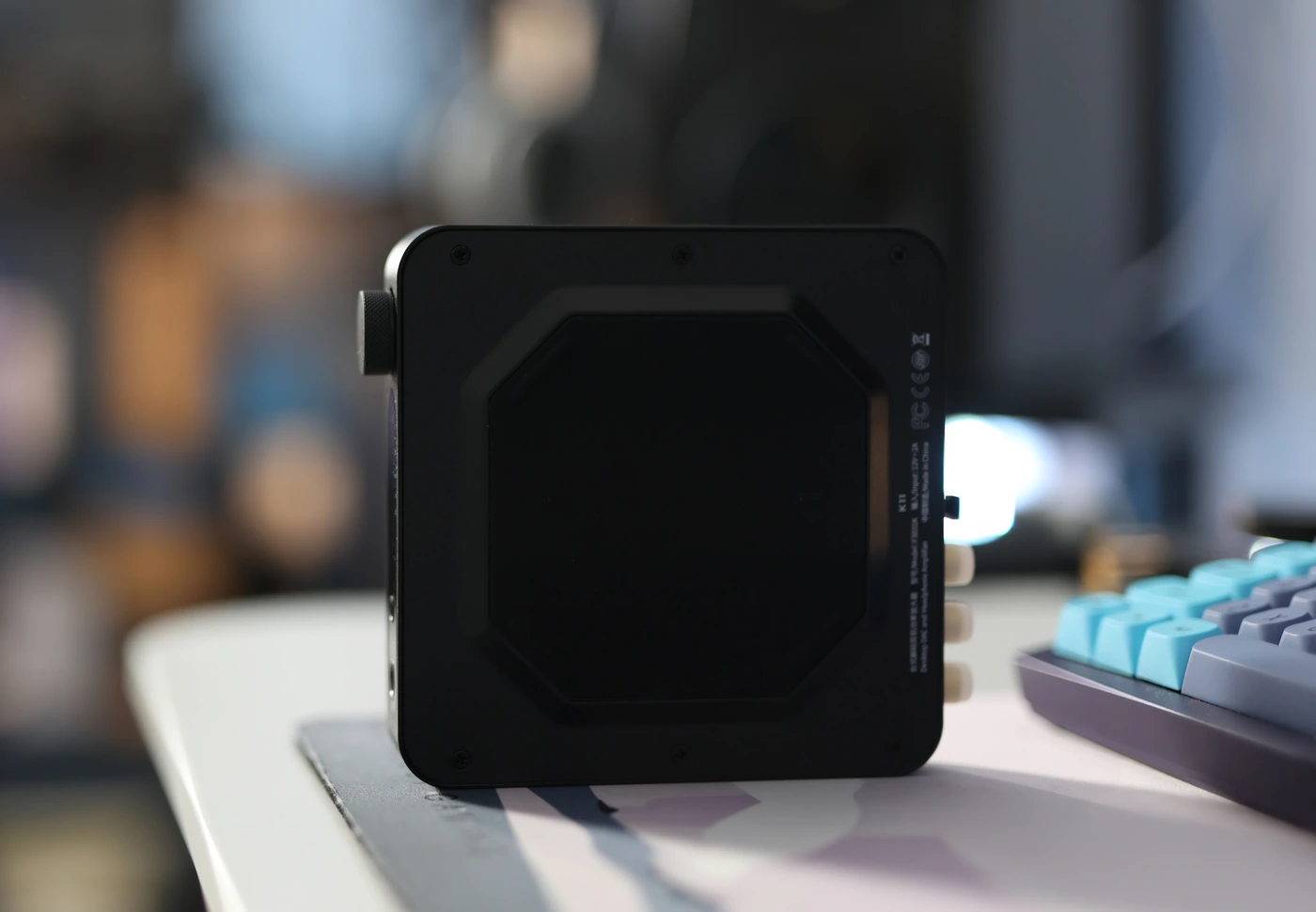
The unit has a multitude of inputs and outputs, and the input list includes a USB Type-C input, Optical input and Coaxial input. To make it smaller than K5 PRO but also improve on the sound, FiiO placed the power converter outside, and it is a tiny brick which doesn’t even get hot, but which has more than enough power and capacity to give K11 over 1400mW of power. The best part about the power brick is that it is silent, different from Fosi Audio K5 power bricks, which usually have a hissing coming from the power brick itself. The power cable is a bit short for my liking, but it is long enough for a wide and tall desk.
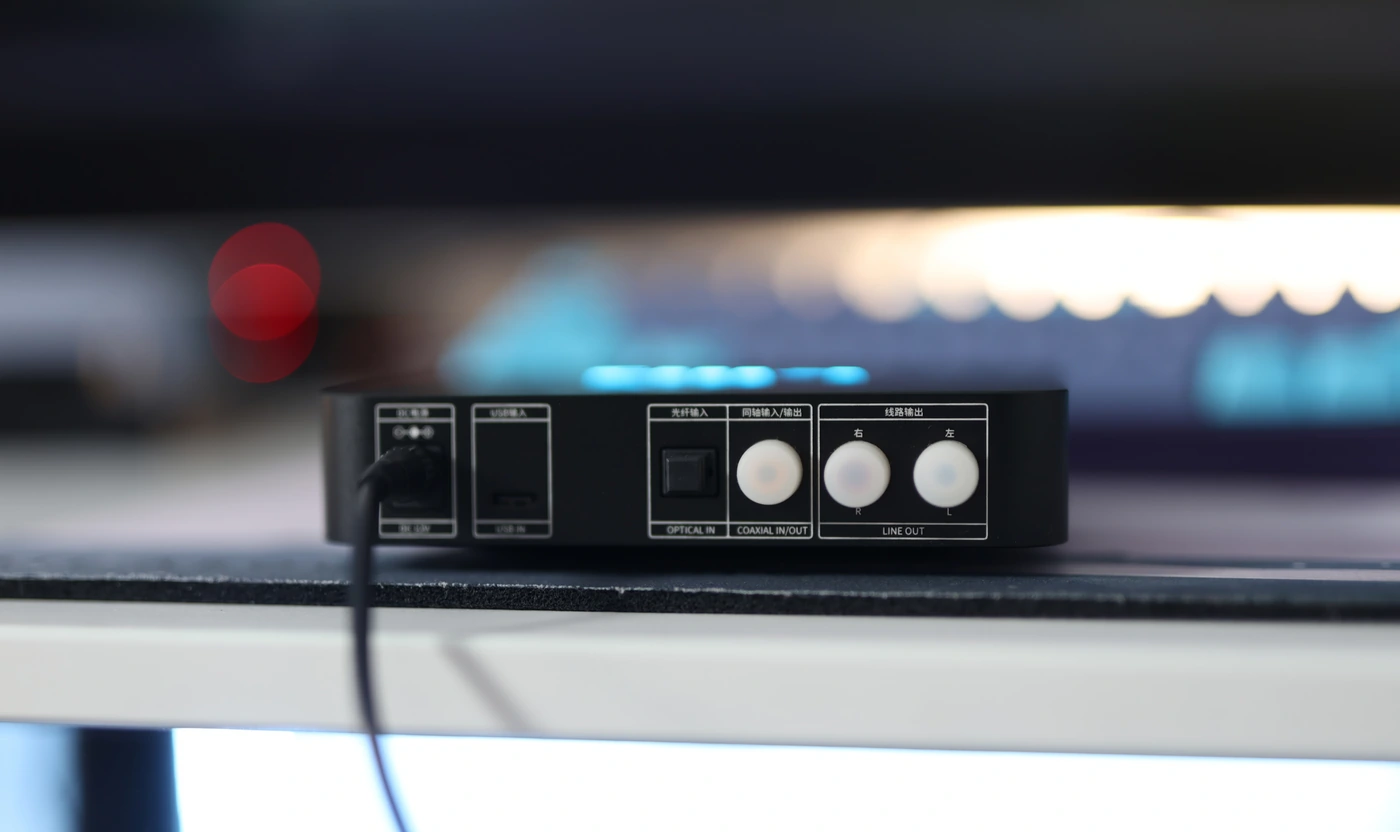
The outputs include RCA Line outs, and two headphone outputs, one in the large 6.3mm format, and one in the 4.4mm balanced format. The balanced headphone output can deal 1400mW of power PER CHANNEL, for an impedance of 32 OHMs, which is literally unseen in the ~150 USD price range, except for K5 PRO which could deliver it for a Signle Ended headphone output. The Single ended power of K11 is meager in comparison, but still high, at 520mW Per channel, for a 32 OHM load impedance. The Balanced headphone output can also deliver over 250mW of power per channel for a 300 OHM Impedance, enough for both Sennheiser HD 660S2 and Sivga SV023. The SE power can deal 60mW of power per channel for the same 300 OHM impedance.
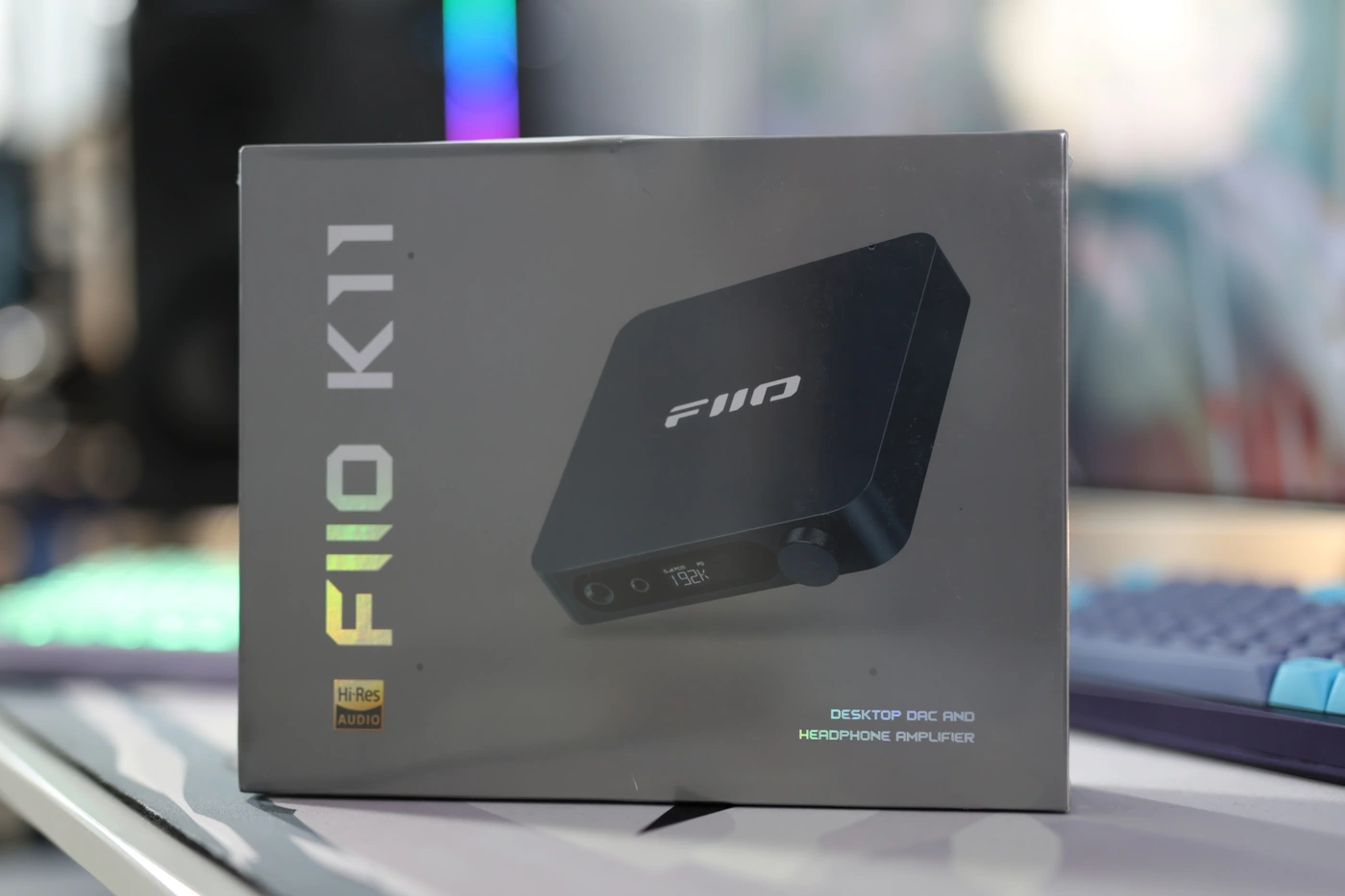
There are three levels of gain, which will be needed, and which have extremely different volume levels in between, with the highest gain level sounding the best for K11, for larger headphones, and the lowest gain level being best for very sensitive IEMs. The THD of the Line Out is below 0.00035%, and the SNR is above 123dB. We have an output impedance of 1.2OHM for the Single Ended output, and for the Balanced output, we have 2.4 OHMs. With headphones, you cannot hear the output impedance for either headphone output, but with IEMs, you will hear a very faint, but distinct hissing with most IEMs that have an impedance below 32 OHMs, including Campfire Ara, HIDIZS MP145, FiiO FH11, Soundz Avant, and ThieAudio Hype2.
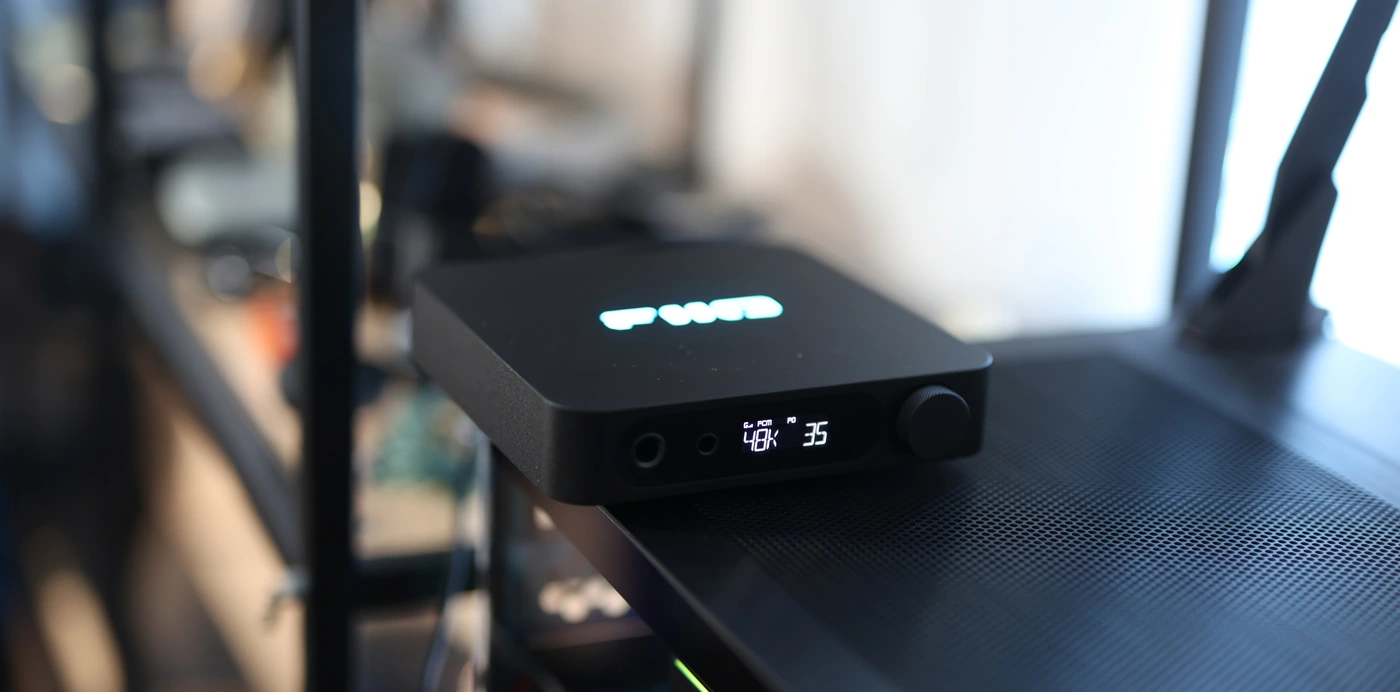
The maximum supported rate is up to 384kHz / 32 Bit for PCM, and DSD up to DSD256. The DAC is a single CS43198 DAC, from Cirrus Logic, and the main control Chip is a GD32F303RET6. FiiO K11 comes in either Silver or black. Physically, the unit is a slab of metal, with one huge hexagonal foot at the center, but which can be seated sideways too. You can configure the unit and do everything using the volume wheel, which has solid and secure clicks. The circuit inside uses a complex delivery to avoid coloration, and keep music with the lowest distortion possible. If using K11 with a smartphone, it will not consume the phone’s battery, as the unit has its own power delivery. The unit works without drivers on Windows 11. There is no USB DAC delay, and K11 can safely be used for watching movies, playing competitive games, and general usage with zero delay.
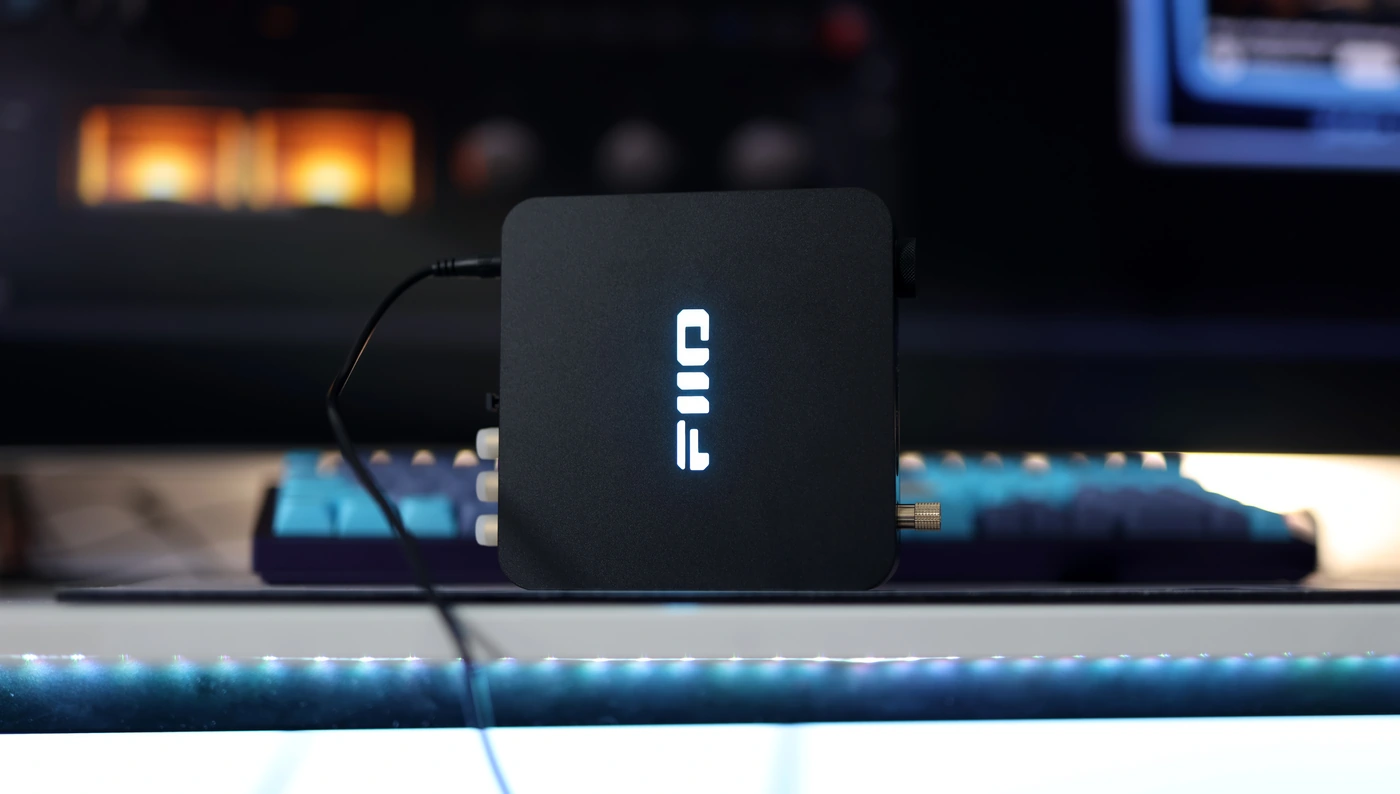
Subjectively, the unit works very well, and I encountered no issues with it. I have been able to play music in different resolutions, from both Tidal and a local playlist, and I’ve been able to change the Gain level and the LED lights just fine. The display is small, but for a unit that sits on your desk, the display is very crisp and easy to read. You will have to have K11 at the reach of your hand to control the volume. There is about 20 dB of difference between gain levels, and from the graphs provided by FiiO and what I hear the volume is not linear with the gain, with the the low gain having the most organic grown, and the high volume gain having the most significant increase below 50, and above it gaining the dBs of volume slowly up to the maximum. The difference between the gain levels is considerably higher than with any device I tested of date, but K11 has a lot of power, it needs to spread this power as much as possible.
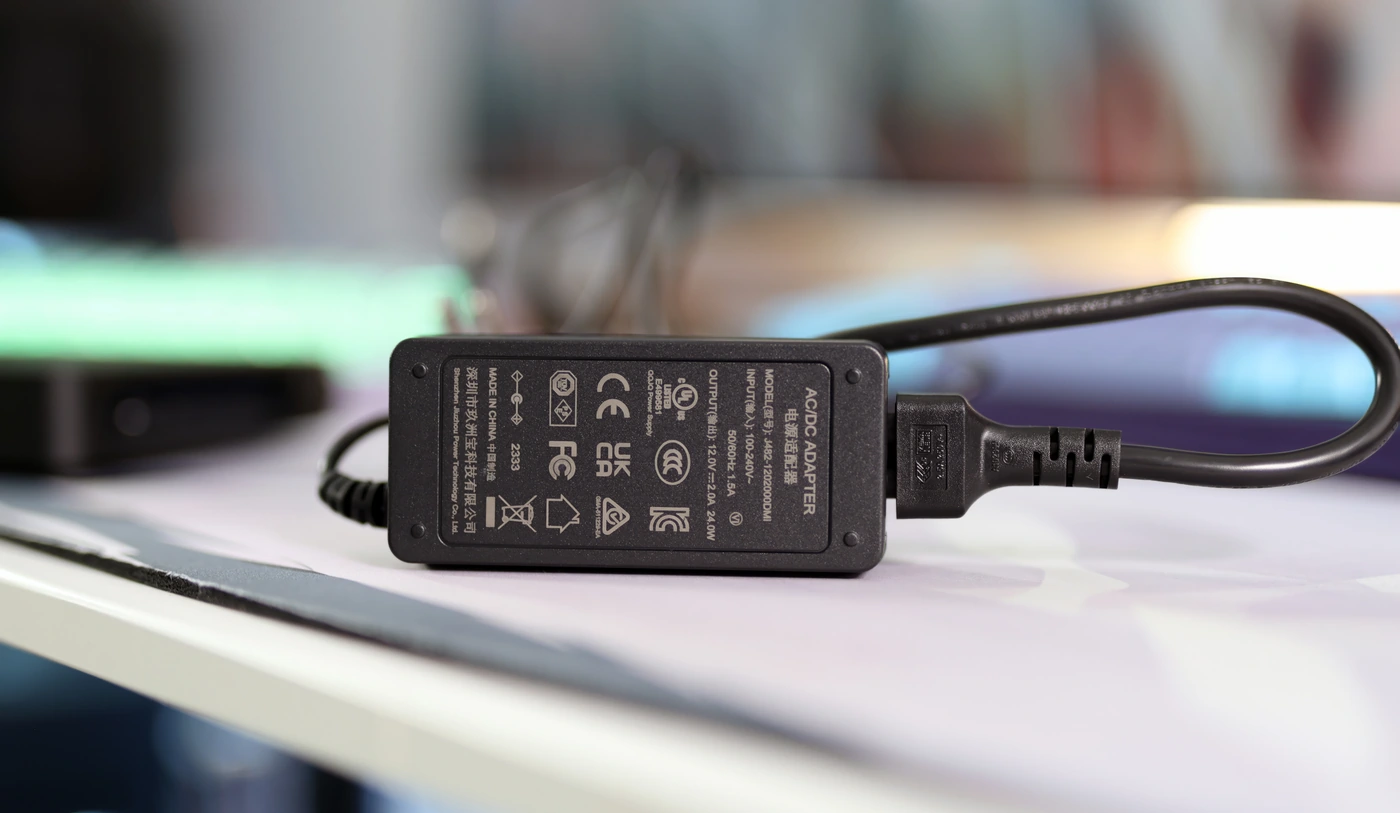
To test the new K11, I’ve paired it with a large selection of IEMs and headphones, and I am left scratching my head, as for below 150 USD, it can actually fully drive HIFIMAN HE1000SE, with no problems. Furthermore, it can deliver a controlled and distortion-free sound with IEMs, including Campfire Ara, Campfire Mammoth, and Campfire Holocene, Soundz Avant, IMR Dark Matter, Sennheiser IE900, Letshuoer Cadenza 12, and Spirit Torino Twin Pulse IEMs. As far as headphones go, I’ve paired the K11 with Sennheiser Hd 660 S2, Sivga SV023, HIFIMAN Arya Organic, Audeze LCD-XC, OLLO S5X, and Erzetich Thalia. To be honest, I never would have imagined that a single DAC/AMP could drive all of those perfectly well, and for 130 USD. It has zero distortion with HE1000SE, but still can sound clean, controlled and fun with Ambient Acoustics MAD16. Despite the high driving power and good control for IEMs, FiiO K11 does not get very hot, and it is a pretty cool and clean running device and won’t get very hot.
Sound Quality
The signature of FiiO K11 is mostly neutral, lean and clean, with no added extra brightness or warmth, allowing the IEMs and headphones to do the coloration and the talking when it comes to the signature. FiiO managed to give K11 a wide, holographic soundstage with good instrument separation, and a very good dynamic range. The tonality and precision is very good and natural, K11 is able to make wooden instruments sound like wood, doesn’t add harshness or extra shimmer to cymbals, and it allows the sub bass to shine through the song just fine with no hassle. Compared to most sources that either smoother the treble or take away from the bass, K11 does a great job at staying perfectly honest, clean and controlled. It is exceptional in its sense of realness and precision.
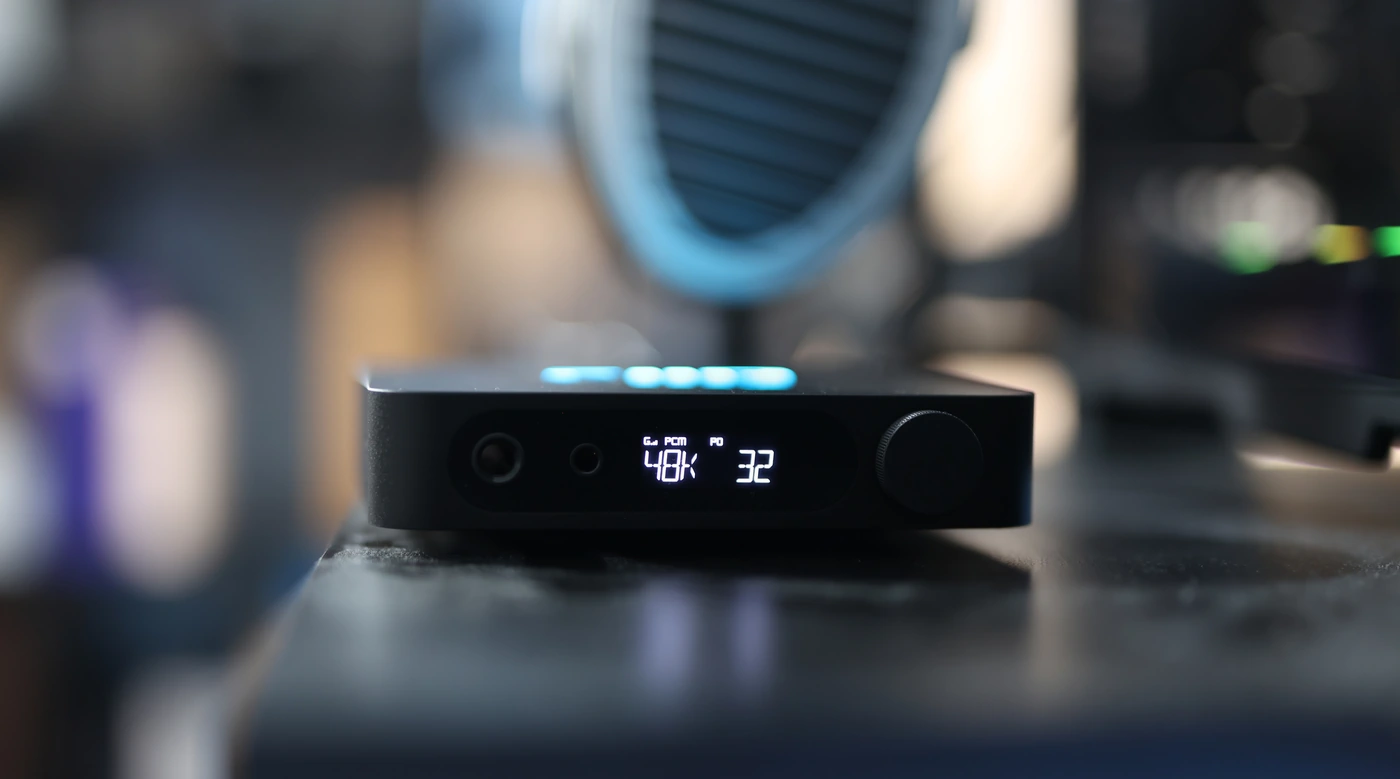
The bass is controlled, deep, but not forced to be too deep. It is exactly as it should be, and FiiO K11 has this trick up its sleeve, where it doesn’t impose any kind of character on a device, it is linear, transparent and crisp, with a bass that is natural in speed, clean and rather natural. FiiO K11 is the ideal DAC AMP for studio work, it has such transparency that you hear more of what is in the music and recording than what the electronics are doing, and this makes music listening exciting and a wholesome experience.
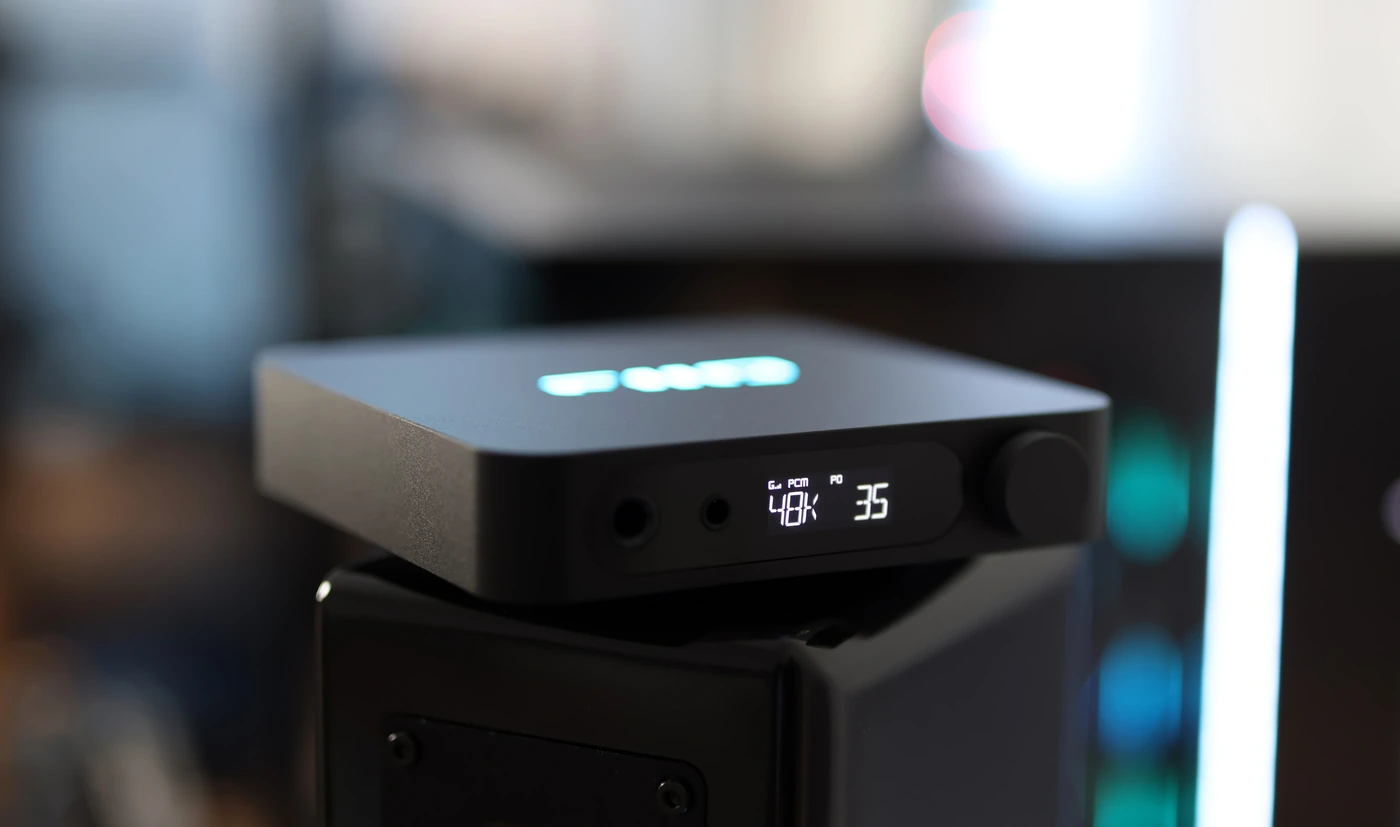
The midrange continues this linear and neutral tradition, where K11 doesn’t have any kind of emphasis or de-emphasis for any frequency, it is as clean and crisp as it can be. Something that I don’t want to get mixed up, is the slightly high output impedance and the hissing that accompanies it, with how quiet the background noise of K11 actually is. FiiO K11 can fully be enjoyed at quiet levels, you don’t really hear the hissing on low gain, IEMs and volumes above 11, where the music is generally considerably louder than it. The soundstage of FiiO K11 is actually wide and laterally expanded, but not very tall, resulting in a holographic disc that develops around the listener.
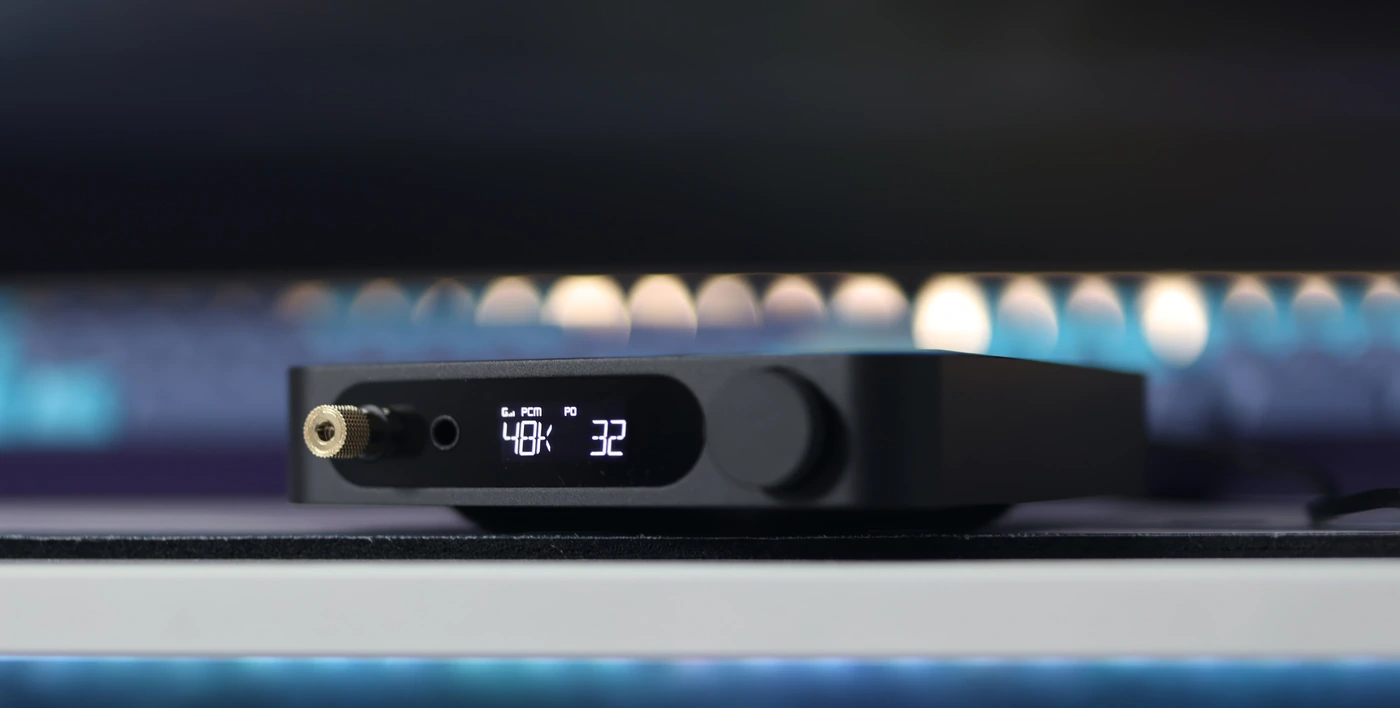
The treble is also neutral, clean and doesn’t color the sound to brighter or smoother, it is extended nicely into the upper treble, airy, and has a natural character. This entire sound of K11 helps instruments sound really natural, a bass has weight, a cymbal crash has a metallic tinge when it has to, but Jazz sounds smooth and relaxed, basically music shines through, and K11 is the ideal DAC/AMP if you want to hear the full character of your headphones, IEMs and music. The resolution and detail are quite good, as FiiO K11 has a natural transient response, with the attack being fast and aggressive when the song is made as such, but also slower and sloppier when the song is made that way.
Comparisons
FiiO K11 vs FiiO BTR15 (129 USD vs 119 USD) – FiiO BTR15 serves a similar purpose, being a DAC/AMP with an ergonomic shape, but it is made for the portable user, while K11 is made for the desktop user. BTR15 has the advantage of having bluetooth, and an internal battery, but K11 won’t consume the battery of your smartphone if you’re connecting one to it. Both have good price / performance ratio, but K11 has considerably higher driving power, more control in the sound, a wider soundstage with better instrument separation, a higher resolution and generally an improved sound compared to BTR15. BTR15 has a lower background hissing for the balanced headphone output, as it has a lower output impedance even for the balanced output, and BTR15 has a slightly warmer and fuller sound, with a smoother treble. Both make excellent devices overall, especially considering the price they’re being sold at, but K11 is made clearly for someone who will transport it at most, while BTR15 can be used both portably, and as a desktop unit, if your headphones aren’t too hard to drive. There is no USB DAC delay for the wired connection with either, although there is minimal DAC delay over the bluetooth connection for BTR15, which is mostly a limitation of the wireless Bluetooth tech.
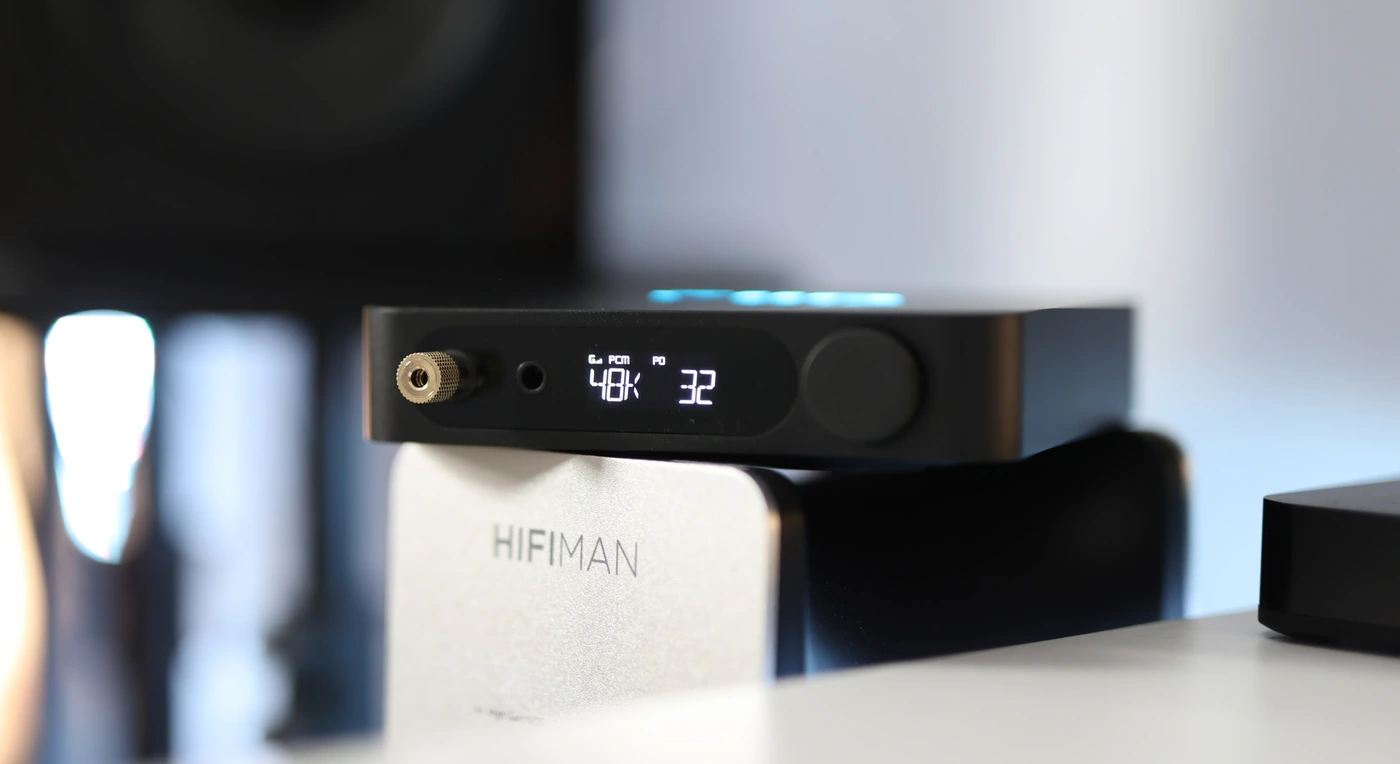
FiiO K11 vs Audioengine D1 (129 USD vs 169 USD) – FiiO K11 and Audioengine D1 are both desktop DAC/AMPs, but there are a few years of development in between them, and you can see how FiiO made the K11 more affordable, but also more aesthetic. D1 is smaller, and has a lower footprint, needs no extra power brick, and is lighter, but K11 is made of metal, feels and looks more high-end, has a higher decoding ability for both PCM and DSD, and has considerably higher driving power, more headroom, better dynamics and a higher overall resolution. K11 sounds more open, wider, more holographic, more transparent and more detailed, while Audioengine d1 sounds considerably smoother in the treble, with some soft roll off, warmer, with a thicker and warmer bass, and D1 sounds less enthusiastic about music in general, with K11 being able to better convey attack, decay, sustain and release, so transient response is more natural and faster on K11. Both units are interesting options, but with D1 having a bit of background hissing and a bit of background noise, and K11 having none, I would say that K11 is the better deal right now if you have headphones or IEMs that are using a balanced cable. The analog output poles look a bit more solid on the D1, and for stereo systems, especially if your current system has a stronger treble and you want to make it smoother, D1 is a better choice, but for headphones, IEMs and if you want the best transparency, FiiO K11 is the better choice. There is no USB DAC Delay with either.
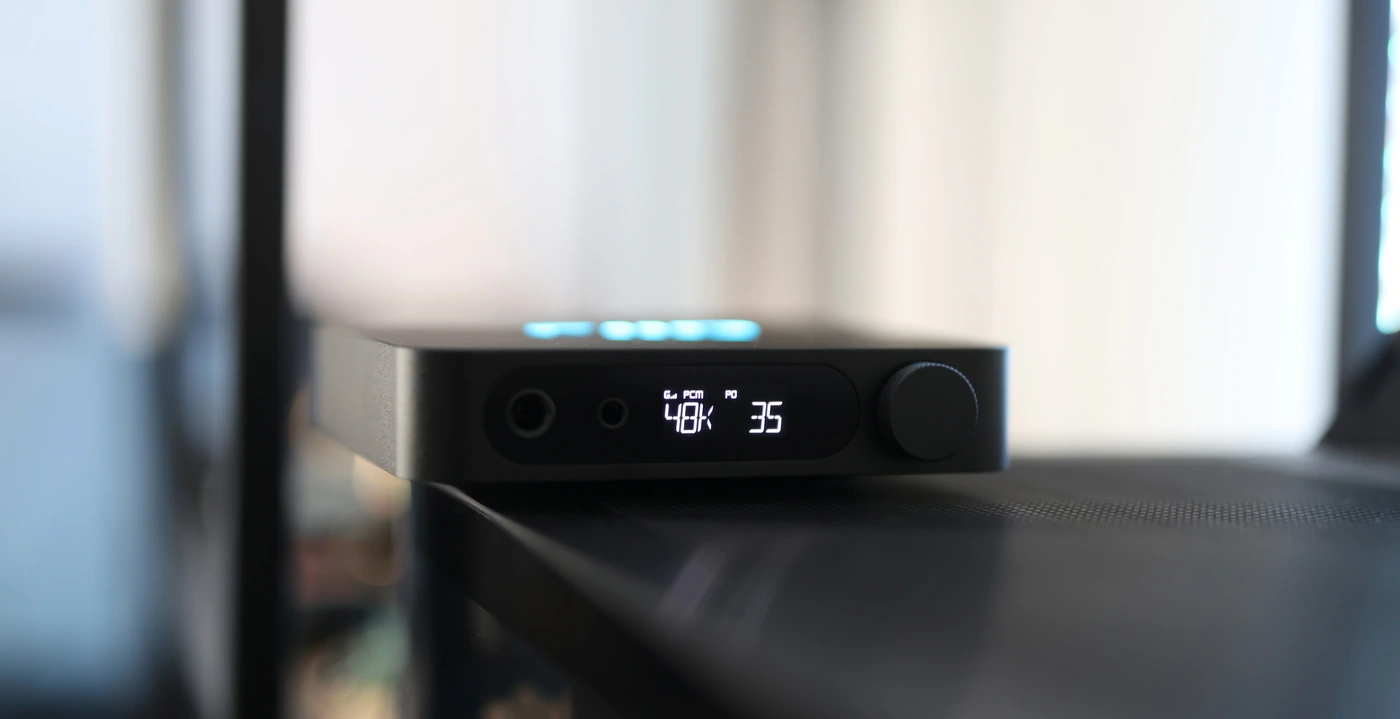
FiiO K11 vs FiiO K5 PRO (129 USD vs 149 USD) – This comparison is the one everyone’s looking for surely, but it is the hardest to make, because K5 PRO was and still is one of my most popular written articles, and one of the most popular devices out there. The power delivery unit is on the outside for K5 PRO, just as it is with K11, but K11 takes far less space on the desk, it has a better design and two headphone outputs, this time including a 4.4mm balanced headphone output. We still have both RCA DAC line outs and headphone outputs, but K11 has a higher driving power for the headphone output, over the balanced output. The output impedance was a bit lower on K5 PRO, so there was theoretically lower noise for IEMs, but K11 has better micro detail, resolution and a higher headroom, with higher distance between gain levels. This actually gives you better control for both IEMs and headphones, and comparing them side by side, K11 sounds more neutral, cleaner and wider, more holographic, while K5 PRO sounds a bit warmer, a bit sharper in the treble, but also a bit deeper, yet not quite as wide. K5 PRO has a Line input, which is not present on K11, both have a line output, but the USB Type-C in K11 is a bonus, while K5 PRO has an older style Type-A USB input. The volume wheel is analog on K5 PRO, which can cause a bit of channel imbalance at the lowest volumes, an effect which does not happen with FiiO K11. Right now I would grab FiiO K11 thanks to its improved build quality, design and overall ergonomics, balanced headphone output, and better sonic performance, but K5 PRO is still a solid performer even 5 years after its original release. There is no USB DAC delay with either.
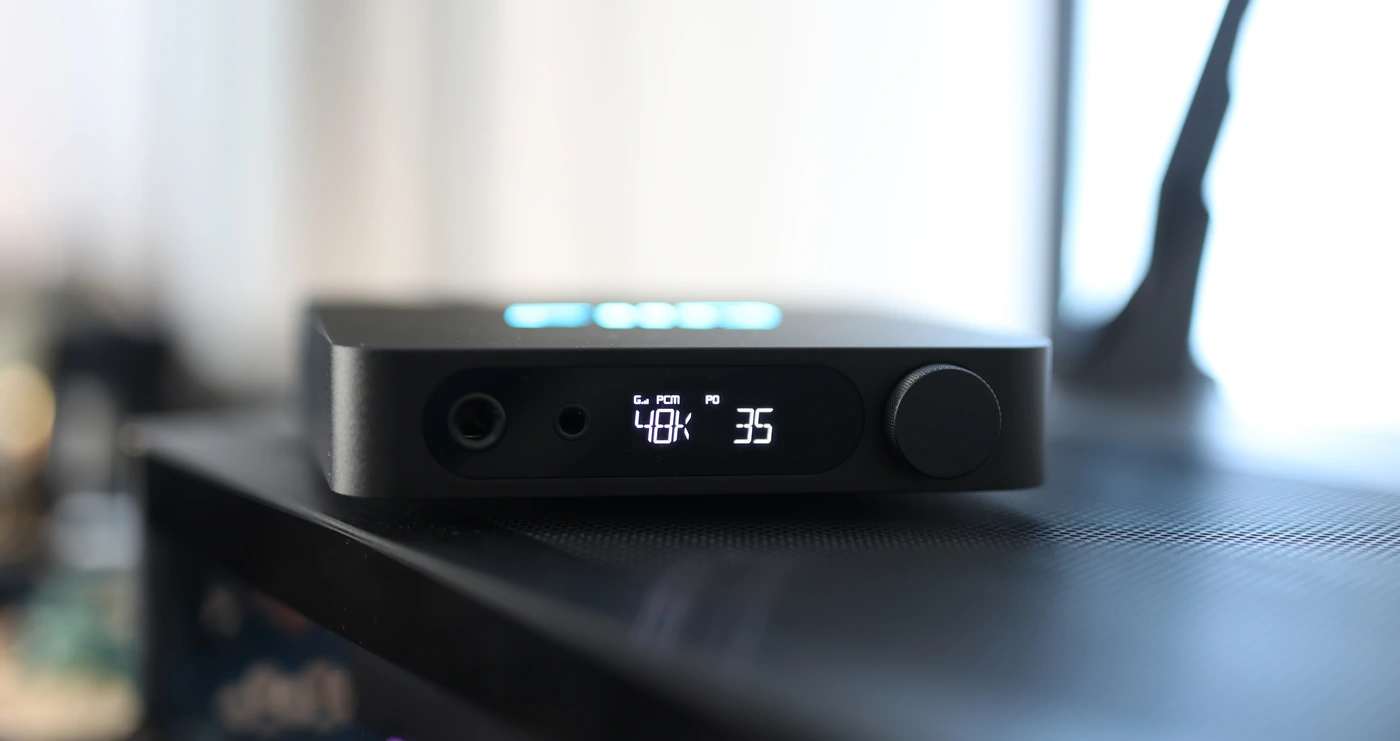
FiiO K11 vs SMSL C200 (129 USD vs 219 USD) – We have a controversial one here, because C200 does have a balanced headphone output, but many friends and fans have pointed out that it is not a true balanced headphone output, just a single ended output with the jack converted to take in balanced cables. Both DAC/AMPs have a USB Type-C input, but K11 has the power brick external, while C200 takes in a cattle plug to feed it power. There is Bluetooth with C200, but I never really used it as I enjoy a wired connection more. C200 has a professional TRS 6.3 Line out, and an RCA line out, but at the end of the day, the sonic performance is all that really matters with both, and K11 has a more transparent, more neutral sound, with better resolution, higher clarity, less distortion, and improved transients, while C200 sounds softer, warmer, smoother, even slightly rolled off, and somewhat mid centric, with the frequency response being far more transparent and cleaner on K11. If you don’t need the TRS line outs present on C200, I would go with K11 here, thanks to its better ergonomics, shape, and sonic performance.
Value and Conclusion
Within the sea of products that I review, there are a few that stand out, but there aren’t many that you could say slay in the price / performance ratio department. FiiO K11 is the kind of product that is simply too good to miss, and for a starter DAC / AMP it is even better than anything FiiO created before, but even better than what the market usually offers around the price point, with the only option that comes close being almost double the price of it, and that being a stack from JDS labs, which is by definition a stack, and which needs two power outlets and more space, so K11 is indeed excellent for its price / performance ratio.
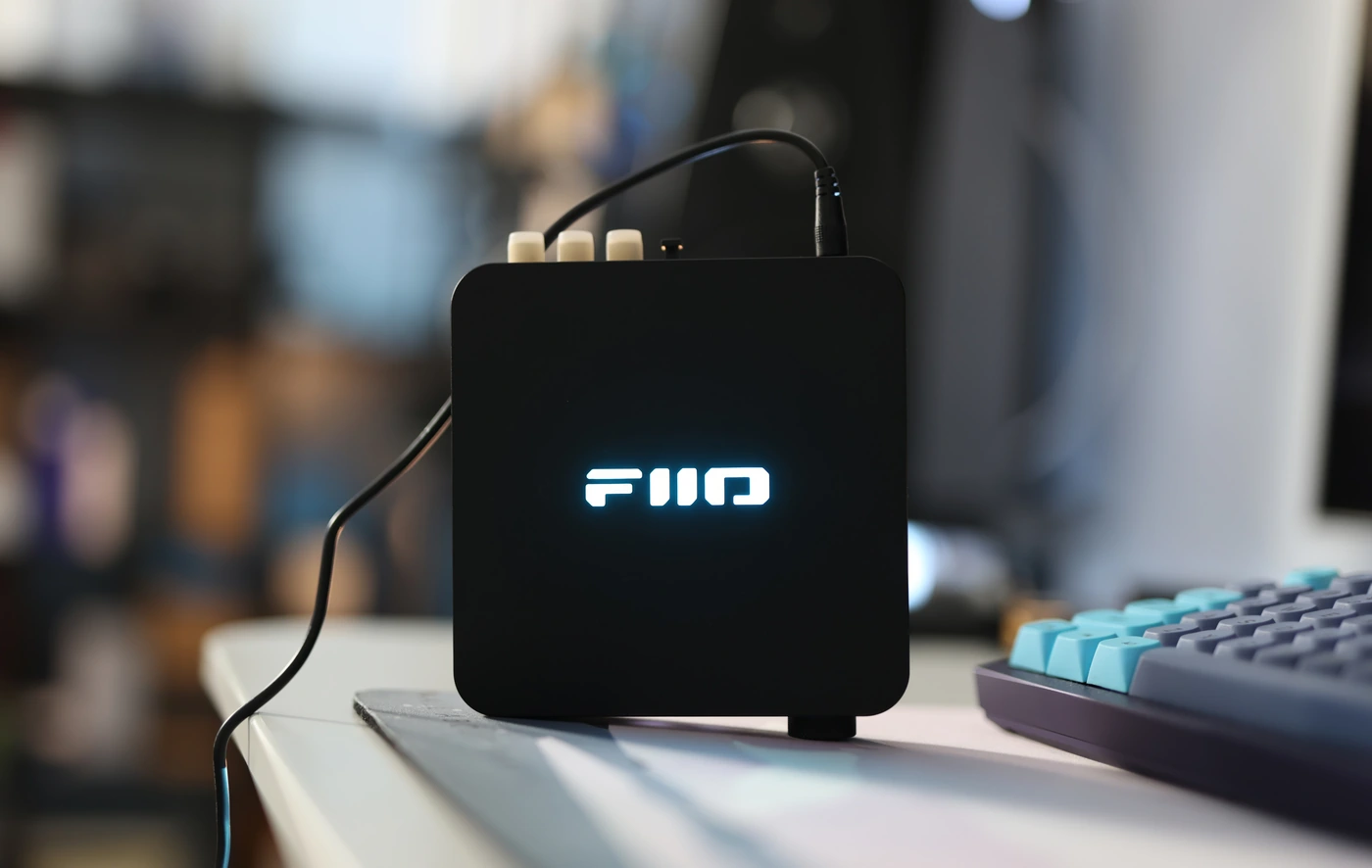
Before the end of today’s review, I will be adding FiiO K11 to the Audiophile-Heaven Hall Of Fame for its exceptional sonic performance, build quality, design, driving power, and neutral, clean sound with good soundstage and instrument separation.
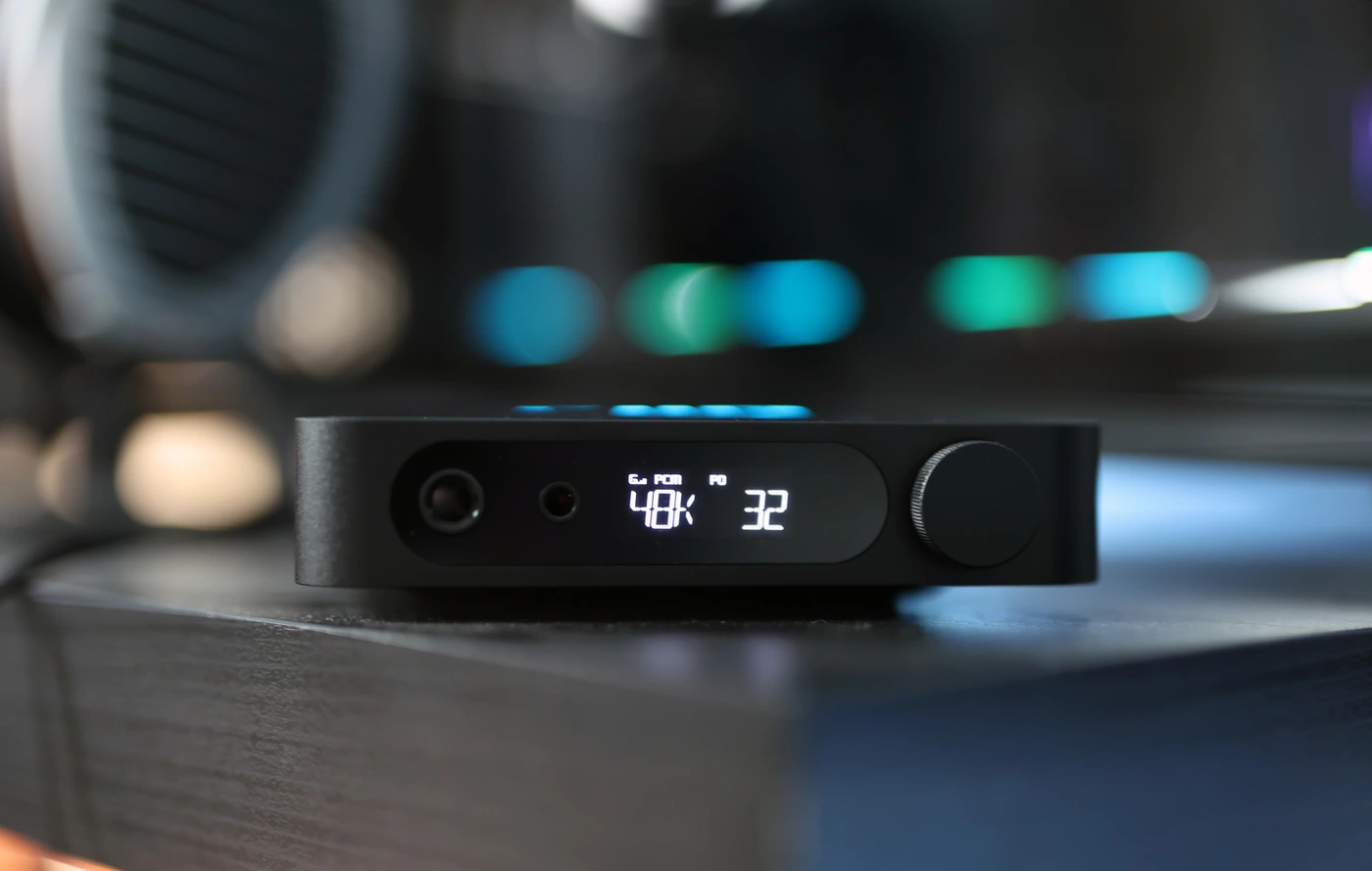
At the end of the day, if you’re looking for the ultimate transparency, a neutral DAC/AMP that won’t change the tuning and sound of your IEMs and headphones, and if you want enough driving power for any pair of headphones, but a low background noise, a sound that can be enjoyed both at loud and quiet volumes, FiiO K11 is an excellent and fully recommended product through and through.
Product Link
You can grab one from www.amazon.com here: https://amzn.to/4bxlTjo
If you’re in the UK, you can grab one from www.amazon.co.uk here: https://amzn.to/3w8P4Jn
And if you’re from Europe, you can grab one from www.amazon.de here: https://amzn.to/3OzKNVC
--- Please remember to stay safe, and always have fun while listening to music!---
- If you have a dime to spare, please donate, and help us! It would make the day brighter for me and my wife-
Full Playlist used for this review
We listened to more songs than those named in this playlist, but those are excellent for identifying a sonic signature. I recommend trying most of the songs from this playlist, especially if you’re searching for new music! The playlists are different for Spotify, Tidal and Youtube, and based on the songs I enjoy and are available on each!
https://www.youtube.com/playlist?list=PL_cjBXGmwSHSdGcwuc_bKbBDGHL4QvYBu
https://open.spotify.com/playlist/5J3oloz8Riy9LxEGenOjQ0?si=979ba4f082414be7
https://tidal.com/browse/playlist/330fd544-8e5b-4839-bd35-676b2edbb3d5
--- Contact Us ---





